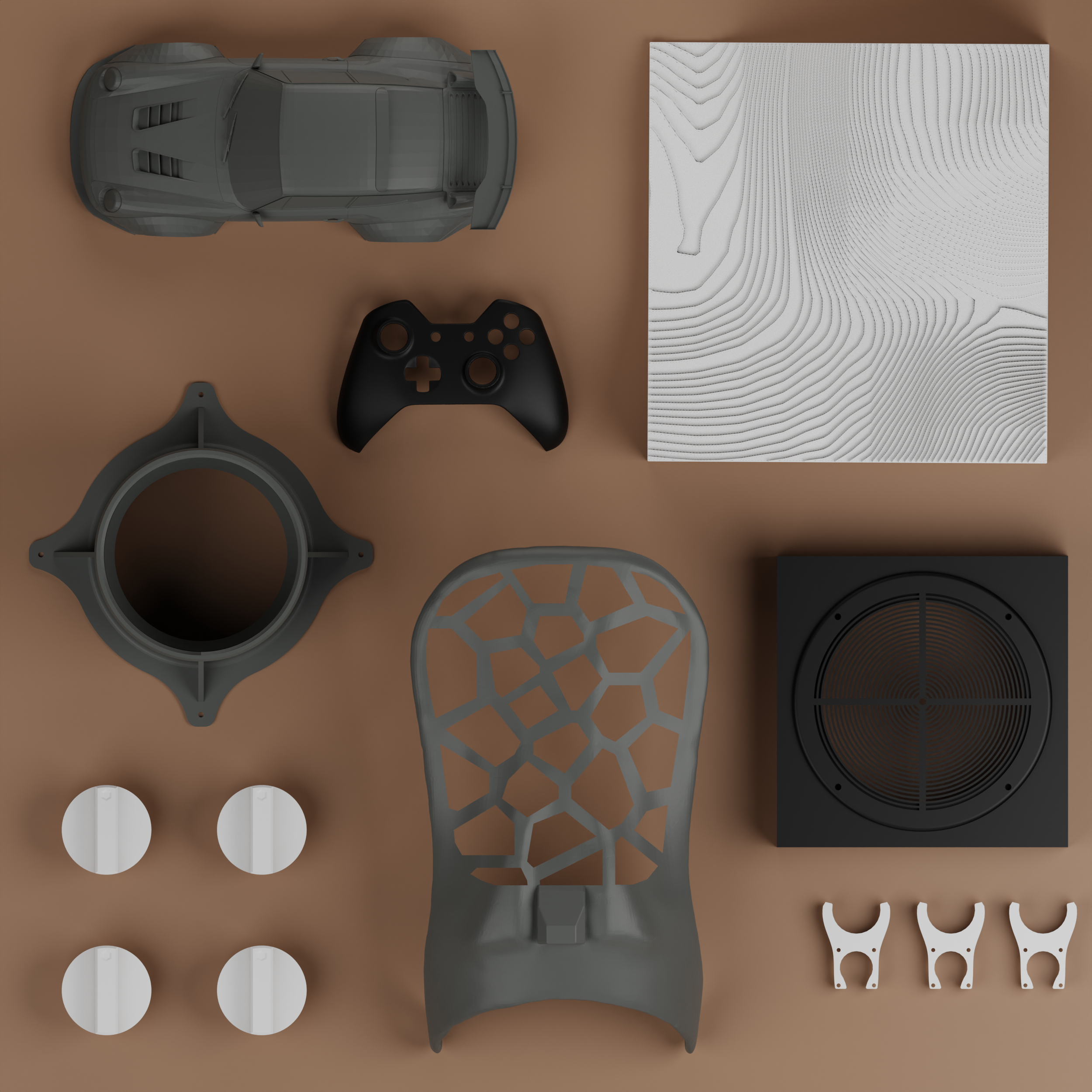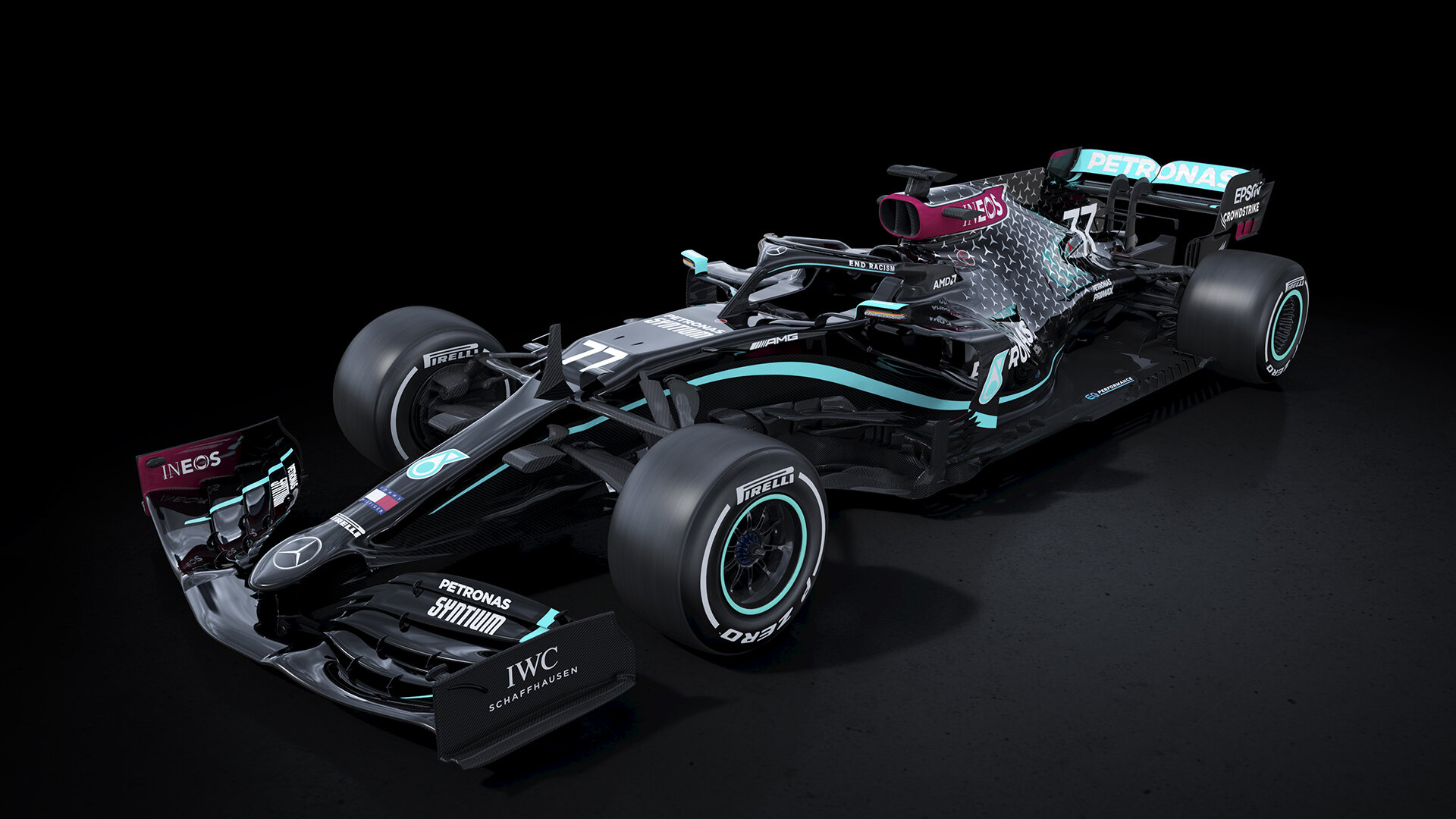The Value of Human Interaction in 3D Printing
While automated processes and algorithms are becoming increasingly sophisticated in the field of 3D printing, human interaction remains invaluable for leveraging creativity, addressing complex challenges, and ensuring the successful integration of 3D printing technology into various industries and domains.
Design, Print, Test, Repeat: Iteration in 3D Printing
The main advantage of 3D printing over traditional manufacturing is the ability to iterate quickly and cheaply. This makes the technology revolutionary in its ability to spur innovation. For a long time, 3D printing was best used for prototyping parts. Now, there are new durable and functional materials hitting the market nearly every day.
The Growing Trend of Replacing OEM parts with 3D Printed Parts
For various reasons, original equipment manufacturers (OEMs) are not always the best source for replacement parts. A growing number of people and companies are looking to 3D printing as a way to replicate parts that they otherwise would struggle to procure. This is especially true in the automotive, construction, and hardware technology industries.
3D Printing is Dead, Long Live 3D Printing
Like other tech companies and startups, additive manufacturing – aka 3D printing – benefited greatly from an influx of capital in 2020-2021. Over the past two years, several 3D printing companies have gone public, raised large funding rounds, been acquired, or merged with other companies in an effort to further scale their businesses. However, the recent decline in valuations of public 3D printing companies is raising some questions about the market potential of the technology.
Proof of Concept vs. Prototype vs. Minimum Viable Product: What’s the Difference?
Anyone who is creating a physical product should be familiar with the difference between Proof of Concept, Prototype, and Minimum Viable Product. One of the most cost-effective and time-saving ways to create and iterate hardware products is through 3D printing.
Top 3 Innovative 3D Printers for Beginners
As daily users of a variety of 3D printing technologies, we want to share our list of the three best innovative 3D printers for beginners in business. These might not be the best printers for children and/or hobbyists, but if you’re looking to use your 3D printer as a way to generate income, look no further than these three machines.
Improving Injection Molded Designs with 3D Printing
Recently, a client came to us wanting to reverse engineer and 3D print an automotive trim clip for certain models of Mercedes-Benz’s. The original injection molded parts are no longer being produced yet there are still car enthusiasts that need them for restoration purposes.
3D Printed Buildings: Boom or Bust?
While there are some clear near-term drawbacks to 3D printing structures, much can and will be improved or eliminated through continued innovation. The speed at which buildings can be erected using far less manual labor clears two major drawbacks of conventional construction. Beyond 3D printing concrete structures, there are still plenty of other existing applications for the technology within the architecture, engineering, and construction industries.
Demystifying 3D Printing Pricing: 5 Factors and How to Manage Them
If you’ve ever inquired about how much it would cost to 3D print a part, you know that it can be difficult to predict what you’ll be quoted. That’s because there are several factors that go into determining the price, some of which have a small impact and others that have a bigger impact.
10 Innovative Uses of 3D Printing
Could you be 3D printing? The technology is sometimes viewed as a process that’s exceedingly futuristic, technical, and niche. As a result, many people shy away from considering its applications for themselves or their business. This article presents 10 real-world applications of 3D printing across various industries.











